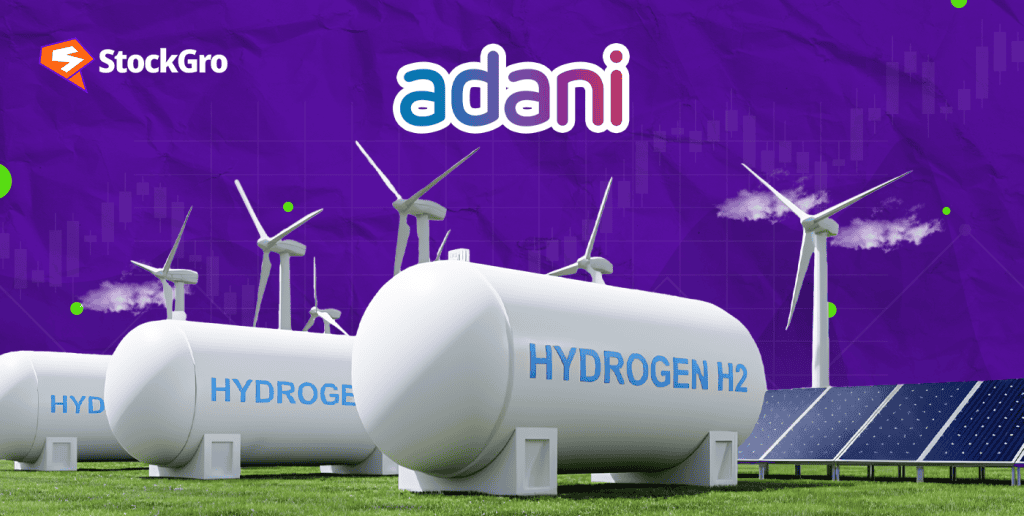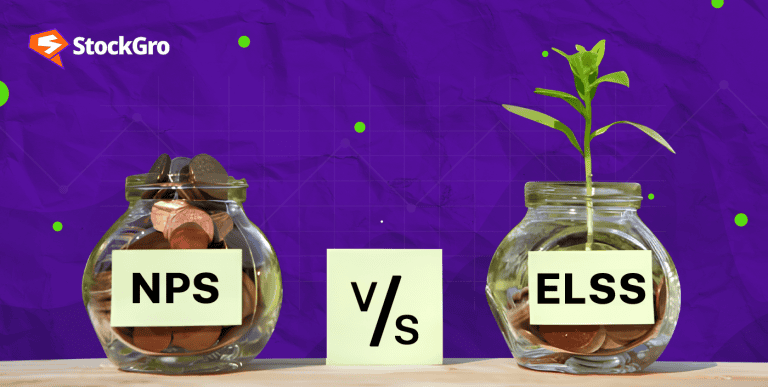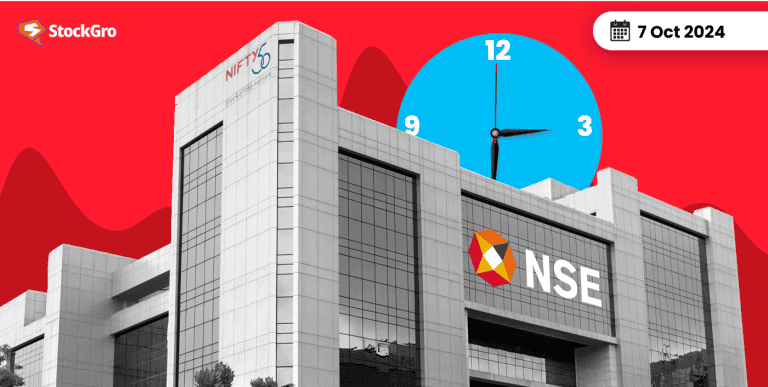
India is rapidly stepping up its clean energy efforts, and Adani Total Gas Ltd is making significant strides with the launch of India’s largest hydrogen-blending project. This initiative marks a pivotal moment in India’s journey toward achieving its net-zero emissions goals.
The project involves blending green hydrogen with natural gas, potentially reducing harmful emissions and setting a new benchmark for sustainable energy solutions. Here’s everything
you need to know about this groundbreaking initiative.
What is the hydrogen-blending facility?
The newly launched facility is located in Shantigram, Ahmedabad, and represents a significant step towards achieving sustainable energy solutions. Green hydrogen, produced using renewable energy such as wind or solar power, is mixed with natural gas and then supplied to households and businesses.
Adani Total Gas Ltd (ATGL), a joint venture between the Adani Group and French energy company Total Energies, is leading the charge with this hydrogen-blending system.
Currently, 2.2% to 2.3% of green hydrogen is mixed with natural gas in the pipelines that supply 4,000 consumers in Ahmedabad. The company has set an ambitious goal of increasing this blend to 5% in the near future and potentially reaching 8% as the project expands beyond Ahmedabad.
Also Read: What the Hindenburg report on Adani revealed?
Why is hydrogen blending important?
Hydrogen blending is an innovative solution that supports India’s ongoing efforts to combat climate change. By blending hydrogen with natural gas, the carbon footprint of fuel used for cooking and heating is significantly reduced.
Key benefits of hydrogen blending:
| Benefit | Details |
| Reduced Emissions | Blended gas results in lower emissions compared to pure natural gas. |
| Energy Security | Diversifies energy sources and reduces reliance on imported fossil fuels. |
| Cleaner Energy | Hydrogen is a cleaner fuel option, producing only water when burned. |
| Future-Proofing Infrastructure | Preparing pipelines for higher blends of hydrogen ensures readiness for a larger clean energy transition. |
In a country where energy demand is soaring, the ability to provide cleaner, more efficient fuel sources has a profound impact on overall energy sustainability and security.
Adani Total Gas: A leader in green energy
ATGL’s hydrogen-blending project is the largest of its kind in India and is paving the way for a decarbonised energy landscape. By blending green hydrogen, the company is taking a vital step in reducing greenhouse gas emissions, contributing directly to India’s renewable energy targets.
In addition to its current efforts in Ahmedabad, Adani Total Gas is looking to expand the blending operation into other areas where the company holds city gas licenses.
You may also like: Disrupting the disruptors: Adani Group enters digital payments race
Why does it matter?
Adani’s hydrogen-blending facility isn’t just about achieving environmental targets—it also makes economic sense. The move aligns with India’s long-term vision to transition to cleaner energy sources while lowering dependence on traditional fuels.
Hydrogen vs Grey Hydrogen: What’s the difference?
A major point of difference between Adani Total Gas’s project and others is the use of green hydrogen, which is created through electrolysis (splitting water using electricity generated from renewable energy).
This process produces no carbon emissions, making it far more environmentally friendly than traditional grey hydrogen, which is produced from methane without capturing harmful by-products.
Other players in the field
While ATGL’s project is the largest, it’s not the first. For instance, state-owned NTPC supplies green hydrogen-blended gas to households in Surat, while GAIL (India) Ltd is piloting a smaller grey hydrogen project in Indore, Madhya Pradesh. However, Adani’s initiative is on track to surpass these efforts in terms of scale and impact.
Challenges in hydrogen blending
Despite the potential benefits, there are some challenges to overcome. Green hydrogen is still relatively expensive to produce, which can limit widespread adoption. Furthermore, there are technical hurdles when it comes to blending hydrogen with natural gas.
Hydrogen can corrode pipelines and equipment, though tests have shown that blends of up to 10% are safe for use in existing infrastructure. Higher levels, such as 30%, would require changes to the material composition of pipelines and equipment.
However, these challenges are not insurmountable, and with continued research and development, the use of hydrogen in India’s gas infrastructure is expected to grow.
What’s next for Adani Total Gas?
ATGL’s plans don’t stop at a 5% blend. The company has set its sights on gradually increasing the hydrogen proportion to 8% and eventually expanding the service to cover other regions under its license.
This continuous improvement could position Adani as a leading player in India’s clean energy revolution, all while supporting the government’s net-zero objectives.
Key takeaways:
- Adani’s hydrogen-blending facility is the largest in India, supplying 4,000 consumers.
- The blend of 2.2% to 2.3% hydrogen will soon increase to 5%, with future plans to reach 8%.
- Hydrogen blending offers lower emissions, enhanced energy security, and contributes to India’s sustainability goals.
- Challenges like high production costs and the need for infrastructure upgrades remain but are manageable.
The financial angle
For investors and market watchers, Adani Total Gas’s initiative signals a long-term commitment to clean energy solutions, which is a key growth area not only in India but globally.
As hydrogen plays a larger role in the energy mix, Adani’s early investments in this technology could offer competitive advantages and open up new revenue streams. Moreover, clean energy projects like this often benefit from government subsidies and green financing, making them attractive from a financial perspective.
For millennial and Gen Z investors particularly interested in ESG (Environmental, Social, and Governance) investments, Adani’s hydrogen-blending facility represents a forward-looking approach to the energy sector.

